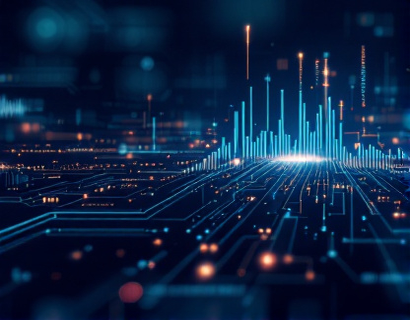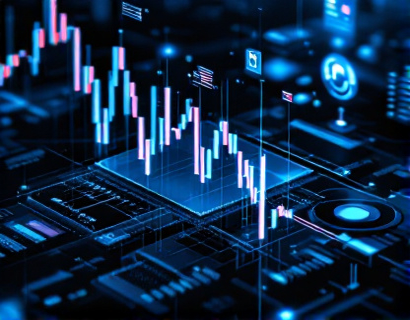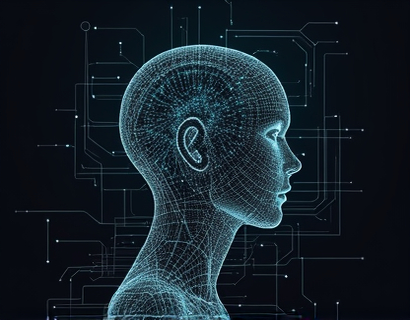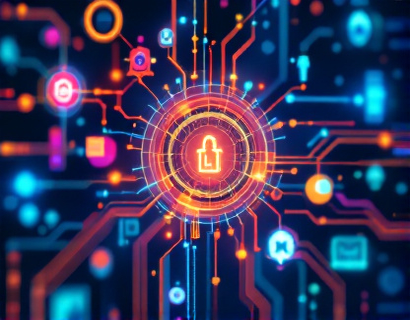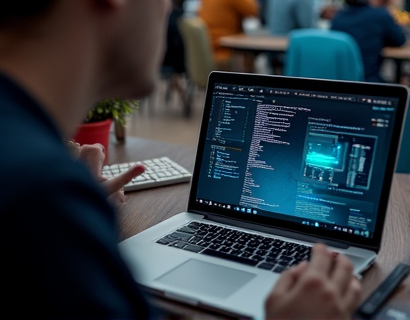Mastering Ethereum Layer 2: Scalability and Interoperability in 2025
As the decentralized finance (DeFi) and non-fungible token (NFT) markets continue to grow, the Ethereum network faces increasing pressure to handle the growing number of transactions. Layer 2 solutions have emerged as a critical component in addressing scalability and interoperability challenges, enabling the Ethereum ecosystem to evolve and expand. This comprehensive guide is designed for developers and enthusiasts to navigate the complex landscape of Layer 2 technologies and understand the latest updates in the Ethereum ecosystem.
Layer 2 solutions are protocols built on top of the Ethereum mainnet, aimed at improving transaction throughput and reducing costs without compromising security. These solutions offload some of the computational work from the main chain, allowing for faster and cheaper transactions. In 2025, several Layer 2 projects have gained significant traction, each offering unique features and benefits.
Understanding Rollups
Rollups are one of the most prominent Layer 2 solutions, categorized into Optimistic Rollups and Zero-Knowledge Rollups. Optimistic Rollups bundle multiple transactions into a single transaction on the main chain, assuming all transactions are valid until proven otherwise. If any transaction is found to be invalid, the rollup can be challenged, and the fraudulent transaction is reversed. This approach significantly reduces gas fees and increases transaction speed.
Zero-Knowledge Rollups, on the other hand, use zk-Rollups to bundle transactions and provide a cryptographic proof of validity without revealing the transaction details. This method offers even higher scalability and privacy, making it ideal for applications requiring high throughput and confidentiality. Both types of rollups have seen substantial development in 2025, with several projects achieving notable milestones.
Interoperability Protocols
Interoperability is another crucial aspect of Layer 2 solutions, enabling seamless communication and asset transfer between different blockchain networks. Protocols like Polygon's XCMP (Cross-Chain Message Passing) and Binance Smart Chain's BEP-20 bridges have facilitated interoperability, allowing Ethereum-based assets to be used on other chains and vice versa. These protocols are essential for building a connected decentralized ecosystem.
In 2025, the development of cross-chain bridges has accelerated, with projects like Cosmos and Polkadot leading the way. These platforms provide a framework for building interoperable networks, enabling different blockchains to work together harmoniously. The integration of Layer 2 solutions with these interoperability protocols has further enhanced the scalability and utility of the Ethereum ecosystem.
State Channels and Plasma
State Channels and Plasma are additional Layer 2 technologies that complement rollups in improving scalability. State Channels allow for off-chain transactions between two or more parties, with the final state being submitted to the main chain once the channel is closed. This method is particularly useful for applications requiring frequent transactions, such as gaming and payment systems.
Plasma, an older but still relevant Layer 2 solution, creates a tree structure of child chains that are periodically settled on the main chain. Each child chain processes a batch of transactions, reducing the load on the mainnet. While Plasma has faced some challenges, ongoing developments and optimizations continue to make it a viable option for scaling Ethereum.
Recent Developments and Updates
The Ethereum ecosystem has seen significant updates in 2025, particularly in the Layer 2 space. The Ethereum 2.0 upgrade, now rebranded as Ethereum Serenity, has introduced several Layer 2-friendly features, including the Merge, which moved Ethereum from a proof-of-work (PoW) to a proof-of-stake (PoS) consensus mechanism. This transition has not only improved security but also laid the groundwork for more efficient Layer 2 solutions.
Additionally, the Ethereum Improvement Proposals (EIPs) have continued to evolve, with EIP-2990 and EIP-2280 focusing on enhancing rollup functionality and interoperability. These proposals aim to standardize and streamline the development of Layer 2 solutions, making it easier for developers to build and deploy scalable applications.
Developer Tools and Resources
For developers looking to leverage Layer 2 solutions, several tools and resources have become indispensable. Tools like Hardhat and Truffle provide robust frameworks for developing and testing smart contracts on Ethereum and its Layer 2 layers. These platforms offer extensive libraries and plugins to simplify the development process.
The Ethereum Developers Forum and the Ethereum Stack Exchange are valuable communities where developers can seek advice, share knowledge, and stay updated on the latest developments. Documentation sites like ethereum.org and the official rollup and interoperability project documentation provide in-depth guides and technical specifications.
Use Cases and Applications
The applications of Layer 2 solutions extend beyond just improving transaction speeds and reducing fees. In the realm of DeFi, Layer 2 protocols enable more complex and efficient financial products, such as decentralized exchanges (DEXs) and lending platforms, without compromising on security. For NFT markets, Layer 2 solutions facilitate faster and cheaper transactions, enhancing user experience and accessibility.
Gaming is another area where Layer 2 technologies shine, enabling real-time transactions and in-game asset transfers without the latency and high costs associated with the main chain. The integration of Layer 2 solutions in these sectors has opened new possibilities for innovation and growth.
Challenges and Considerations
While Layer 2 solutions offer significant benefits, they also come with challenges that developers and users must consider. Security remains a top concern, as the complexity of Layer 2 protocols can introduce new vulnerabilities. Ensuring robust security measures and thorough audits is crucial for maintaining trust in these systems.
Another consideration is the user experience. Layer 2 solutions should aim to provide seamless integration with the Ethereum ecosystem, minimizing the learning curve for users. Developers must focus on creating user-friendly interfaces and intuitive onboarding processes to encourage adoption.
Future Outlook
Looking ahead, the Ethereum Layer 2 landscape is poised for further growth and innovation. The continued development of rollups, state channels, and interoperability protocols will likely lead to even higher scalability and broader adoption. The integration of Layer 2 solutions with emerging technologies like Web3 and the Metaverse will open new frontiers for decentralized applications and services.
As the Ethereum ecosystem evolves, it is essential for developers and enthusiasts to stay informed and adapt to the changing landscape. By mastering Layer 2 technologies, the community can drive the next wave of innovation and ensure the long-term success of the Ethereum network.



